G7 countries lag in renewable energy goals
Despite COP 28’s agreement to triple global capacity, G7 targets fall short.
Despite the agreement at COP 28 to triple global renewables capacity by 2030, G7 countries are only targeting a doubling of their renewable energy deployment.
Katye Altieri, Global Electricity Transition Analyst at Ember, said that the COP28 initiative represents the largest single action to cut emissions this decade and align with climate goals. However, the G7 countries collectively need to achieve a tripling to meet this global target.
"A global tripling doesn't mean that every country is required to triple. Some will do more, some will do less, but evidence shows that G7 countries in aggregate do require a tripling," she explained.
In 2023, renewables deployment saw a rapid increase, primarily driven by solar energy. "Capacity added to the G7 with respect to solar was almost three times higher last year than the prior seven years," noted Altieri.
Despite this boom in solar, wind energy additions are lagging and are not in line with the necessary levels for a global tripling. The contribution of wind and solar to electricity generation is higher than the global average in most G7 members, except for Japan and Canada.
Japan’s renewable energy deployment targets are among the lowest in the G7. The primary reason for this is a lack of ambition in wind energy. "Wind only accounts for 1% of electricity generation in Japan right now, and they're really aiming for not much of an increase," she added.
Japan’s progress in transitioning to cleaner energy sources is significantly behind other G7 countries. "The G7 members also committed to a predominantly decarbonized power system by 2035, but Japan is ranked in last place on that transition," Altieri stated. Japan does not have a target for a 2035 net-zero power sector, largely due to its low ambition in wind energy. Currently, only a third of Japan’s electricity comes from clean sources, with the remaining two-thirds from coal and gas.
Altieri highlighted the critical need for Japan to increase its renewable energy targets. "Japan's current strategic energy plan has wind rising to 5% of electricity by 2030, meaning wind and solar combined would account for 20%. However, a global tripling of renewable capacity means wind and solar need to make up at least 40% of global generation," she explained.

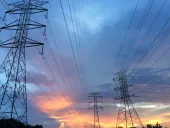
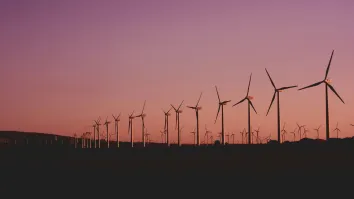
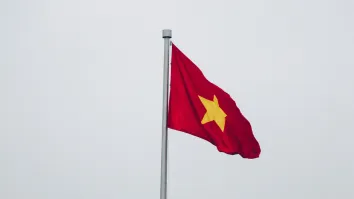
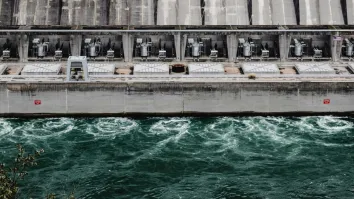
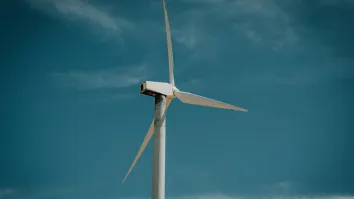













 Advertise
Advertise






Commentary
How pump retrofits boost profitability and efficiency in ageing power plants